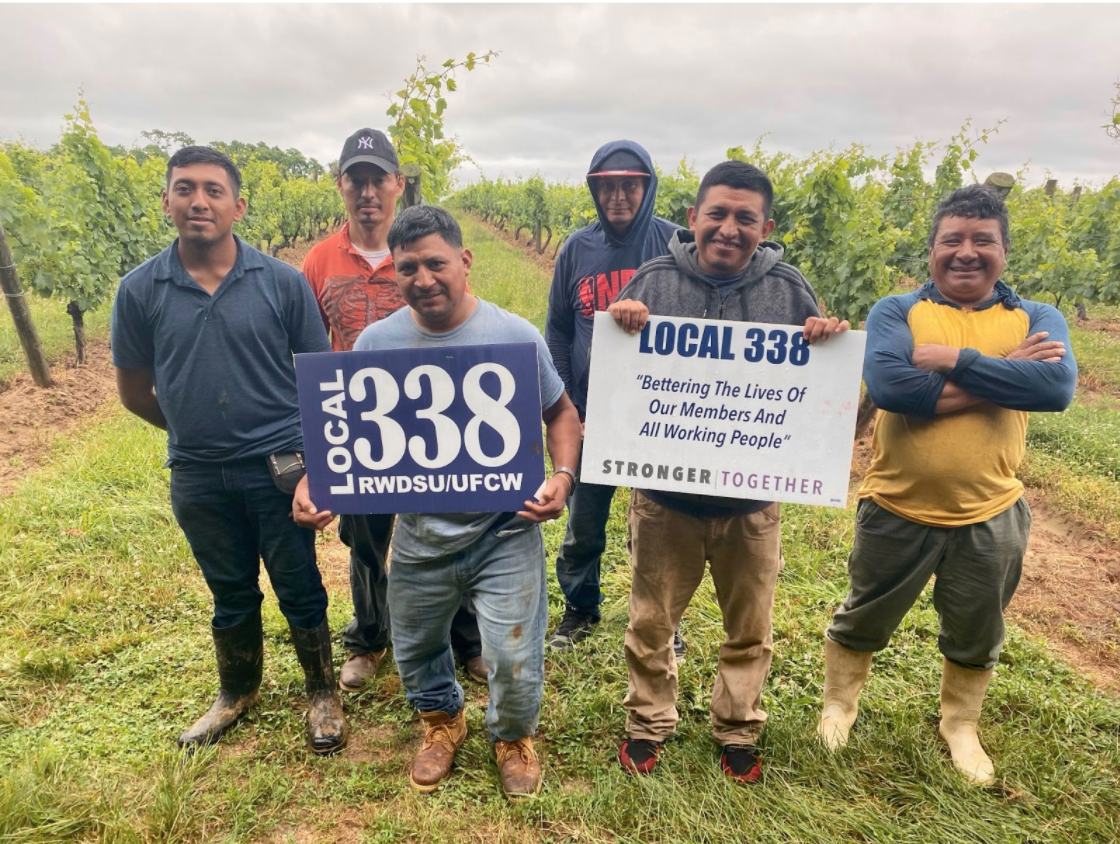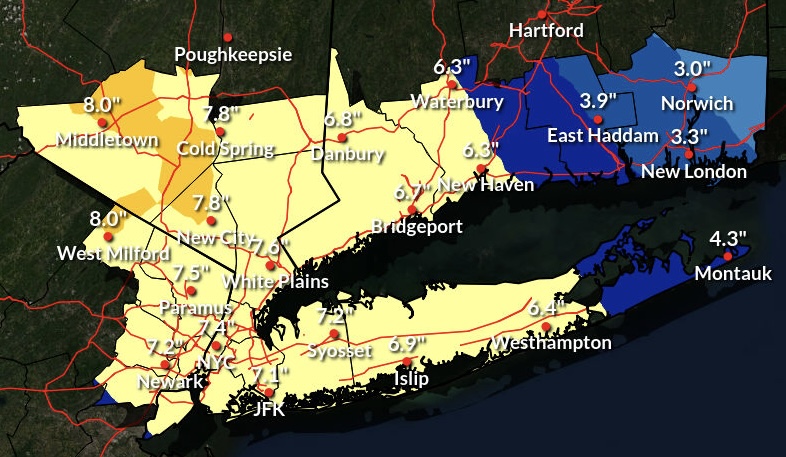NY Overtime Policy Would Benefit Farm Workers But Burden Struggling Farms

A policy that would bring overtime rules for farm laborers in line with workers in other industries cleared an important hurdle in New York State in January.
The Farm Laborer Wage Board voted to recommend that the state labor commissioner reduce the threshold for farm workers to begin receiving overtime pay from 60 to 40 hours per week, and that the change be phased in over the next 10 years. The board decision has sparked fierce debate, with labor groups declaring it’s about time, and agricultural trade groups bemoaning the financial burden it will add to farm operations, many of which are small businesses that are struggling to stay afloat amid rising labor costs.
“Over the last few years, the supply of labor has been very tight, and that’s a systematic problem on Long Island that goes for everybody, not just agriculture,” says Robert Carpenter, administrative director of the Long Island Farm Bureau, which counts many of the approximate 550 farms in Suffolk County among its members.
“We all have the same season,” says Lisa Sannino, founder of Sannino Vineyard in Cutchogue, which employs workers in both its winemaking and tasting room operations. “So we’re all competing for the same workers at the same time.”
The minimum wage rose to $15 on Long Island this year, and the worker shortage is putting additional upward pressure on wages for seasonal jobs. Splish Splash announced it will pay up to $19 per hour to new hires this summer. Given the keen competition for labor, Carpenter says most farm workers on Long Island earn above the minimum wage unless they have no work experience.
Increasing labor costs are particularly hard for farms to absorb, Carpenter says, because of the nature of the business.
“Farms are what we call ‘price takers’ rather than price setters,” Carpenter says. “A company like Apple can say, ‘The cost of materials and labor is $500, and we need profit on top of that, so we’ll set the price for a phone at $800,’ and they’ll get it, no problem. The farmer, on the other hand, is in a commodity market, competing against growers from all over the world. The Hunts Point Produce Market will say, ‘We’ll pay the going rate, say $10, for a case of lettuce,’ and that’s the price the farmer gets, even if it cost $11 to produce it.”
For workers in most industries, the 40-hour threshold for overtime was established during the Great Depression, with the passage of the Fair Labor Standards Act (FLSA) of 1938. Many workers at the time were unemployed while others worked long hours. The law sought to encourage employers to hire more people and work them fewer hours to ensure that more out-of-work people could find jobs. However, agriculture was exempt from the law, in large part due to its seasonal nature.

Even today, federal overtime laws do not apply to farm workers, who only began receiving time-and-a-half pay after 60 hours in New York in 2019, when the state passed the Farm Laborers Fair Labor Practices Act, which also gave agricultural workers the right to collectively bargain. After its passage, the workers at Pindar Vineyards in Peconic became the first farm group statewide to organize in a union, and Mineola-based Local 338 of the Retail, Wholesale and Department Store Union/United Food and Commercial Workers Union (RWDSU/UFCW) was certified by the state to represent the Pindar workers.
“We are very excited that the labor board has voted to recommend that the threshold for overtime be reduced from 60 to 40 hours, because it’s the right thing to do,” says Jessica Garcia, assistant to the president of Local 338. “Farm workers work very hard and have incredibly grueling work in their jobs, and they deserve to get paid fairly just like any other worker.”
If the new overtime policy is approved by the labor commissioner, it would be phased in using increments of four hours every other year, beginning with 56 hours in 2024 and dropping to 40 hours in 2032.
Carpenter says the policy change could have several unintended consequences, including decreased hours for those workers who want a lot of hours.
“The farmers may decide it’s not feasible to pay that much to harvest lettuce or tomatoes, so they’ll cap each worker at 40 hours and look to bring in more workers so they don’t have to pay overtime,” he says. “Many of the workers who come here for six to eight months want to work as many hours as they can so they can have a good lifestyle during the rest of the year. If they can’t get extra hours here, the concern locally is that they’ll go to places like Florida or Texas,” which do not have overtime laws for farm workers.
Escalating labor costs may also cause some farmers to go out of business, perhaps selling their land and moving out of state, or looking to automate or switch to crops that are less labor intensive, Carpenter predicts, adding that costs may be passed on to consumers by certain categories of farms, such as vineyards or “farmers who cater to people who come out here and can afford $8 for a pint of strawberries and won’t blink an eye at it.”









